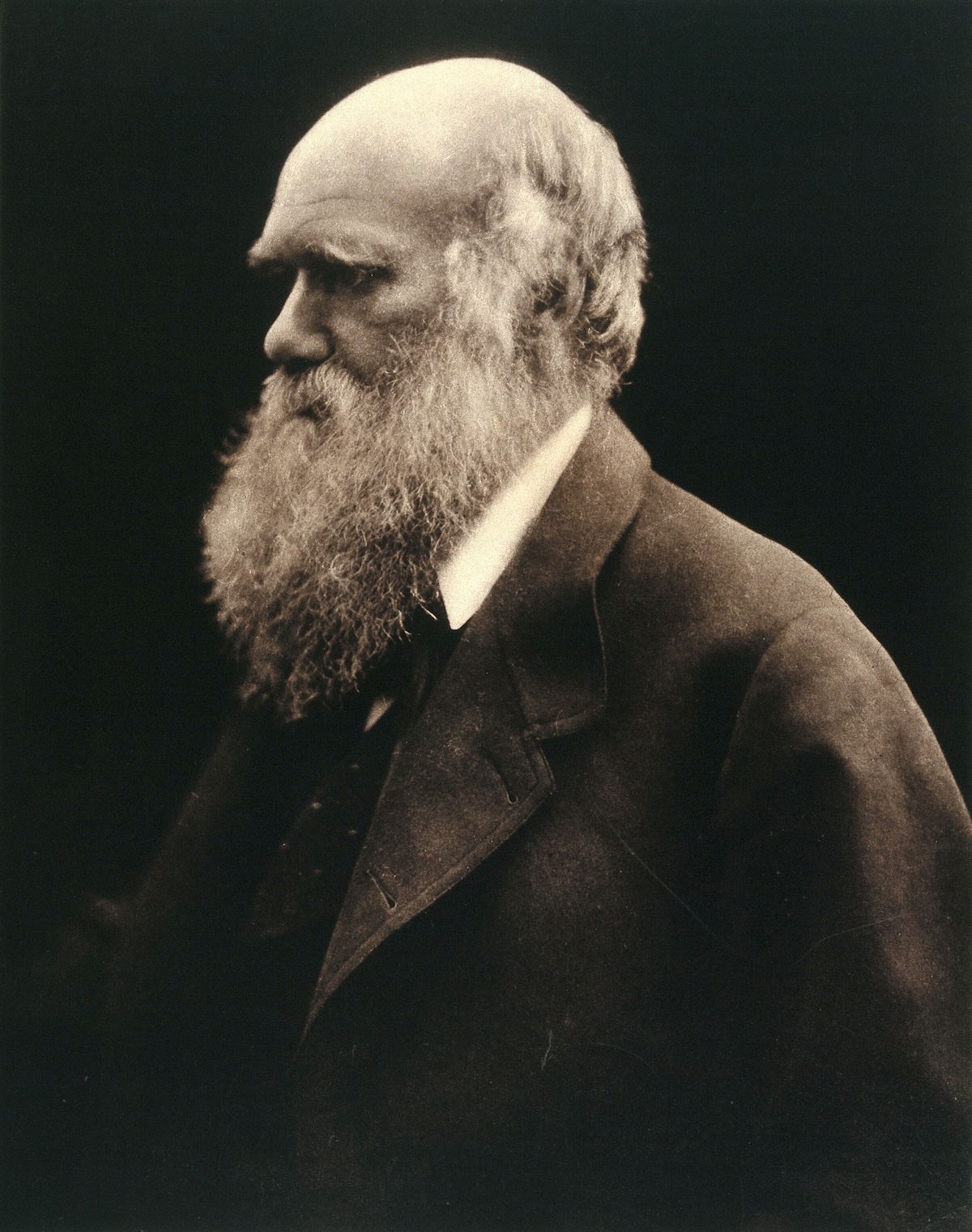Charles Darwin’s Rocks of Ages
On his early travels across the world it was geology that struck Charles Darwin’s interest, not biology.

Charles Darwin experienced what he recalled as one of the most significant events of his five year voyage aboard HMS Beagle on 20 February 1835: his first earthquake. He was resting from specimen gathering in woods near the southern Chilean town of Valdivia when the quake:
Came on suddenly and lasted two minutes (but appeared much longer) … I can compare it to skating on very thin ice or to the motion of a ship in a little cross ripple … a breeze moved the trees, I felt the earth tremble.
Darwin rushed back into Valdivia where what most struck him was the ‘horror pictured in the faces of all the inhabitants’. He decided that: ‘An earthquake like this at once destroys the oldest associations; the world, the very emblem of all that is solid, moves beneath our feet like a crust over a fluid.’ Further up the coast, at Concepción, Darwin experienced two sharp aftershocks as apparently solid ground beneath his feet transformed into ‘a partially elastic body over a fluid in motion’.
